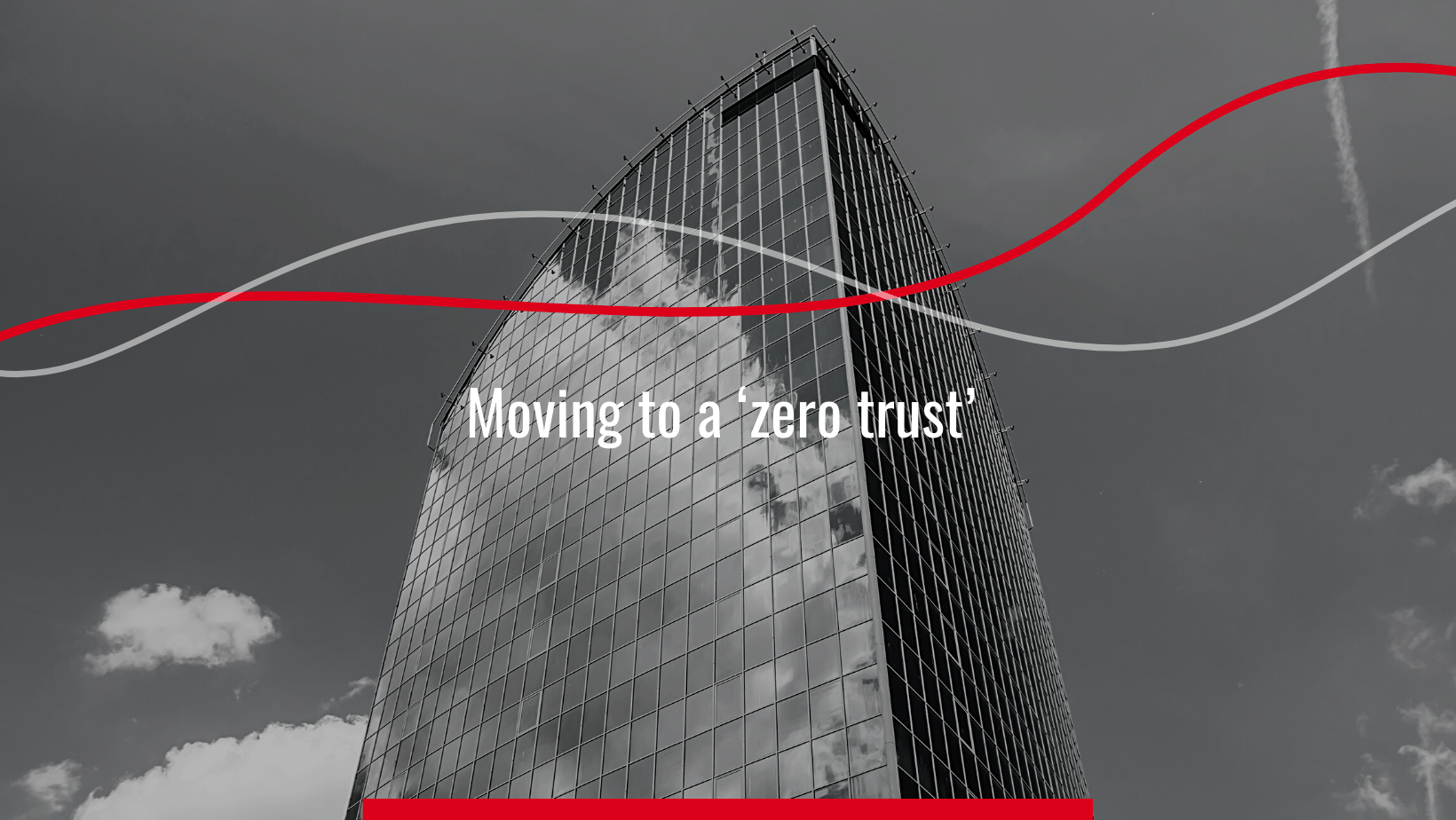Securing your Digital Assets
It is essential to know what assets are the most sensitive and vital for your organization before attempting to safeguard them.

"Zero Trust" is one of the most popular keywords in the market when it comes to cyber security. That neither users nor devices can be trusted, the zero-trust principle prevents them from accessing the network until they can demonstrate their trustworthiness by verification, authentication, or some other method.
Since remote work is expanding the landscape of devices and people in the office, zero trust intends to assist companies in better protecting themselves, this is more crucial than ever, and this has been more crucial than ever.
There are several reasons why it’s a smart choice to adopt zero trust.
According to Zero Trust Adoption Report 2021, 96% of security decision-makers stated that zero trust is critical to their organization’s success. Even though 76% of security decision-makers are in the process of adopting zero trust, only 14% of organizations have reached full implementation.
Here are several factors that can help organization accelerate their own zero trust adoption strategy.
As time progresses, cybercrimes have been predicted to be more sophisticated and complex in nature. Attackers are constantly improving their tools and taking advantage of firms with low cybersecurity awareness and understanding. They use a variety of attack vectors to compromise or go over the victim's defenses while focusing on their vulnerabilities. Therefore, zero trust helps to eliminate such problems by creating a secure environment that meets the current security standards and helps protect against unwanted access of sensitive data and information.
Work from home is the new standard in the post-pandemic period, and the traditional methods of operations i.e., the company's headquarters and other location-based systems are no longer necessary or mandatory. Survey results report that companies do not have proper control over their security systems and measures as they are not in direct control of what type of network their employees are working with or what devices are being used to access the company’s database.
Thus, businesses must rely on an expansive system like a zero trust framework where they must assume that their employees' WFH installations and settings are not as safe as the office. Some workers might overlook fundamental cyber hygiene principles as it applies access limits at every point within the network, this is where zero trust comes handy as it can limit the possibility of a security breach.
As a result of work-from-home policies, internet networks are now more vulnerable and exploitable than ever. The traditional visibility and security measures that currently exist are no longer reliable or practicable.
The "always-verify" tenet forms the basis of Zero Trust which makes both data centers as well as the cloud more secure by providing them with total visibility. As we know, no matter how secure the network there anything isn’t such as “100 % secure” in terms of the internet.
Due to the increasing popularity of cloud-based applications, it is more cost-efficient for an organization to host its applications in the cloud rather than in a data center. While these cloud environments are managed by SaaS vendors and cloud service providers, they do not have the same level of control over the network as an organization would. Therefore, the leaders in cybersecurity must review their current security protocols and make changes as necessary.
In the context of the Zero Trust model, some security responsibilities are handled by the organization, while others are handled by the cloud vendor. This way the risk is distributed and it's easier to manage all the security parts.
There’s a huge shortage of cybersecurity workers in the market, therefore, zero trust helps eliminate the hiring challenge for companies. If a company can safely automate its cybersecurity processes, it can use fewer people, which frees up more time for innovation and team improvement.
This way it saves an organization the additional resource and labor cost that would have been added to their cybersecurity expenses.
In this first digital era users, who access business apps and infrastructure are more than just employees or customers. Furthermore, not all employees need to have access to each application, infrastructure or business data.
A well-implemented zero trust strategy allows businesses to monitor accurately access base.
Zero trust is a proven approach toward limiting cyber security risks that’s growing in popularity. Small and medium-sized businesses should consider applying zero trust to their organizations to improve their overall cyber security posture.